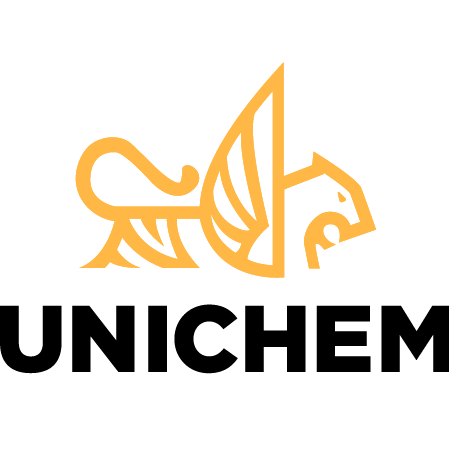 Many manufacturing operations such as in the automotive and construction markets assemble laminated panels with adhesives that must adhere to various substrates and materials. Assembling two different types of substrates together requires an understanding of the types of materials and adhesives that will work to provide reliable, long-lasting adhesion with strength, durability and resistance to temperature swings.
Many manufacturing operations such as in the automotive and construction markets assemble laminated panels with adhesives that must adhere to various substrates and materials. Assembling two different types of substrates together requires an understanding of the types of materials and adhesives that will work to provide reliable, long-lasting adhesion with strength, durability and resistance to temperature swings.
There are three important steps that must be performed when considering assembly with adhesives:
- Suitability
- Compatibility
- Capability
These three steps are key in the decision making process when choosing adhesives for assembly and various laminating applications.
Suitability of Adhesives for Assembly
Assembling substrates in laminating applications requires a determination of the suitability of the adhesive to be used. When laminating to metals or thermoplastics, the two materials that are to be assembled must be polymerically and metallurgically compatible. This is often not the case when assembling dissimilar materials. Even metals which are generally in the same class such as aluminum and steel may not be metallurgically compatible. The same can be true for various polymers also within the same class that may not easily weld together.
The use of mechanical fasteners requires puncturing the substrate with a form of crimping or actually putting holes in the material, which can cause poor stress distribution. This added stress requires the need for an increased thickness in material to offset all the load which is borne by the contact points. This can also be overcome by using industrial adhesives in addition to mechanical fasteners which helps to even out the load distribution.
Using adhesives for assembly enables the joining of dissimilar materials and when laminating without the use of mechanical fasteners, assembling with adhesive bonding is the suitable choice.
What is Metallurgical Bonding?
Metallurgical bonding can also be referred to as a metallic bond and is the primary bond to adhere metal together. A metallurgical bond is often used relating to stainless steel, carbon steel and duplex stainless steel and can be formed during the welding process between filler and base materials. In the automotive industry, often non-ferrous cladding material is used and is called sintering. Metallurgical bonding is cost-effective, consistent and often superior over mechanical bonding with fasteners.
uniBOND Industrial Adhesive by UNICHEM
UNICHEM is a custom chemical and coatings manufacturer with more than 50 years of experience in providing laminating solutions with high-performance industrial adhesives. UNICHEM offers uniBOND industrial adhesive formulated for laminating to metal, rubber, polyethylene, polypropylene, vinyl, PVC, TPO, fiber composite and more with custom formulations available. Our team of highly skilled polymer and resin scientists offer in-depth expertise in adhesive development combined with vast market expertise.
UNICHEM is a leading supplier of high-quality industrial adhesives used in coil coating laminating applications for various industries. We customize formulations to meet unique specifications with exceptional responsiveness to our customer needs. Contact us to learn more about laminating and assembly with adhesives.


